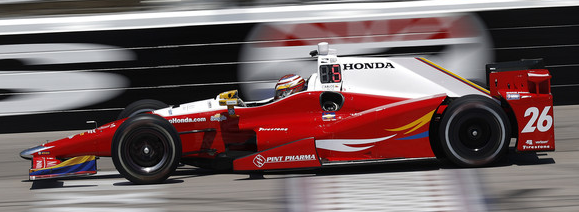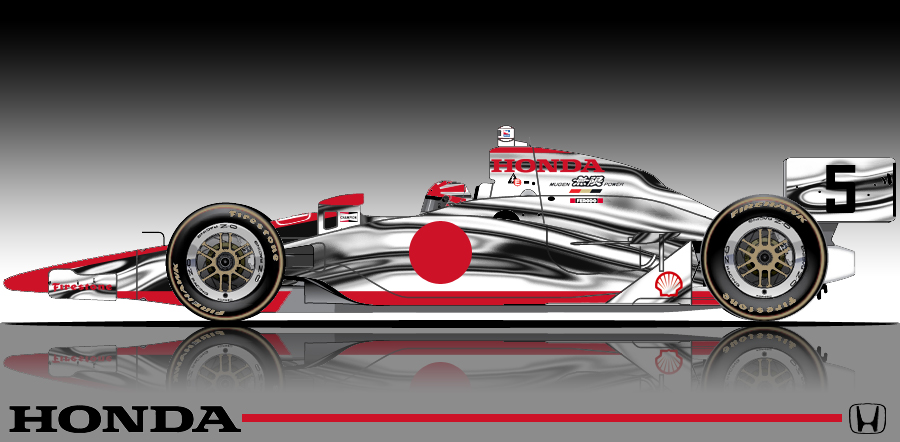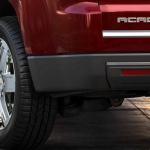

Last month’s Indianapolis 500 marked the 100th running of “The Greatest Spectacle in Racing,” which originated at the Indianapolis Motor Speedway in 1911. (The math doesn’t work out for the intervening year span because the race wasn’t run during World War I and World War II.)
While the early races featured many cars that were essentially stripped-down production models – with wildly different specifications – it quickly became a contest between specially built racing machines. And in recent years, those machines have been primarily differentiated by what engine was powering them.
Indy Car Engines
To even the odds, IndyCar race cars have long used engines that had to meet the same general specifications – though those specifications have changed quite a bit over the past two decades. In 1996, they were turbocharged V8s and V6s. The following year, they were all normally aspirated 4.0-liter V8s, which were shrunk to 3.5 liters in 2000 and to 3.0 liters in 2004. But since 2012, they’ve all been 2.2-liter twin-turbo V6s.
Chevrolet and Honda Indy Car Engines
Today, only two manufacturers build engines used in the IndyCar Series: Chevrolet and Honda. The differences between them are primarily in the fine details (which neither manufacturer is particularly interested in divulging), but they generally put out between 575 and 675 horsepower, depending on the amount of boost allowed. (Less boost is allowed on oval tracks than on road courses to keep speeds within sane limits.)
Technology
Surprisingly, these engines have a dual-overhead-cam, four-valve-per-cylinder layout that isn’t much different than in modern production engines. But they use both port and direct (in-cylinder) fuel injection, dry-sump lubrication (to avoid oil starvation under the high forces the cars can generate under cornering, braking, and acceleration), run on E85 fuel (85 percent ethanol and 15 percent racing gas), and their smaller displacements and high-tech materials allow them to rev to more than 12,000 rpm!
Performance and Promotion: Remembering Andy Granatelli
History
In the first four years of the Chevrolet/Honda rivalry, Chevrolet has won all the Manufacturer Championships (by winning the most races), but the two companies evenly split the number of Indy 500 victories: Chevrolet-powered cars won in 2013 and 2015, Honda-powered ones in 2012 and 2014. This year, Honda broke the tie when rookie Alexander Rossi won the 100th running of the Indianapolis 500 after qualifying 11th at a speed of 228.473 mph (!), about 2-mph off the pace set by pole sitter James Hinchcliffe, who also drove a Honda-powered car.
Listen to the very entertaining Consumer Guide Car Stuff Podcast
Do I Really Need to Use Premium Gas?
Indy Car Engines
Indy Car Engines




I am really impressed with your writing skills as well as with the layout on your
weblog. Is this a paid theme or did you modify it yourself?
Either way keep up the nice quality writing, it’s rare to see a great blog like this
one these days.
Thank you for the instructive situation on e-cycle batteries!
I’m considering an upgrade and have got a few questions:
Bombardment Types: Ass you comparability lithium-ion, NiCd, and
lead-acerb batteries in damage of efficiency and environmental bear
on? Which is outdo for e-motorcycle longevity?
Charging Tips: What are the fundamental do’s and don’ts for
charging to poke out shelling living?
Content vs. Range: How does shelling capability
bear upon the e-bike’s range, and is at that place an nonpareil eccentric for yearner distances?
Cost-Carrying out Balance: Which assault and battery eccentric offers the
scoop value for operation without breakage the cant?
Succeeding Trends: Are thither whatsoever coming electric battery technologies we should appear retired for?
Your insights would greatly aid in qualification an informed determination. Thanks!
Good post! We are linking to this particularly great article
on our website. Keep up the good writing.